Survival Skills: Tips to Stop a Capsizing Boat
 Survival Skills: Tips to Stop a Capsizing Boat
thegearhunt.com
Survival Skills: Tips to Stop a Capsizing Boat
thegearhunt.com
Boating can be a fun, relaxing way to spend an afternoon or weekend, whether you head out on your own or with companions. In addition to the excitement that comes with steering the vessel, just being out in the beauty of nature — especially after a tough workweek or stressful event — can be exhilarating. However, the fun can turn tragic in just an instant. From falling overboard to capsizing, the dangers associated with boating are serious and potentially life-threatening. However, with knowledge and preparation, you can survive these events and live on to boat another day.
Preparing for an Emergency
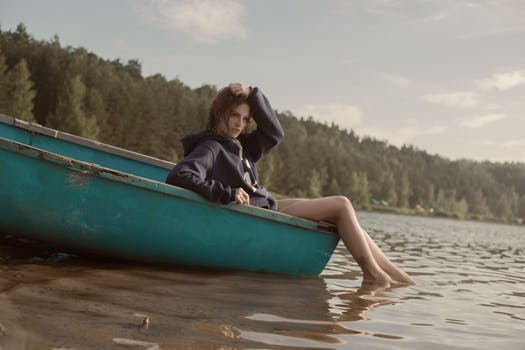 One of the best ways to deal with an emergency situation is to be prepared for it. Whether it’s your first time out on the water or your thousandth, it’s imperative that you understand how to best deal with situations that may arise. Even if you’re just a passenger on a boat, you must be cognizant about how your actions can affect the boat and what you should do should disaster strike. Remember, emergencies are rarely calm and quiet, so the better you understand how to react, the more likely you’ll survive.
One of the best ways to deal with an emergency situation is to be prepared for it. Whether it’s your first time out on the water or your thousandth, it’s imperative that you understand how to best deal with situations that may arise. Even if you’re just a passenger on a boat, you must be cognizant about how your actions can affect the boat and what you should do should disaster strike. Remember, emergencies are rarely calm and quiet, so the better you understand how to react, the more likely you’ll survive.
It’s also important to note here that formal boating training can make a big difference in how you fare in an emergency. Recent data from the US Coast Guard indicates that over 80% of boating-related deaths in 2017 occurred on vessels where the person manning the boat did not have any formal instruction on boating safety. This is a staggering number that shows the odds are definitely against you if you decide to go on the water without proper safety education.
Dangers of Capsizing
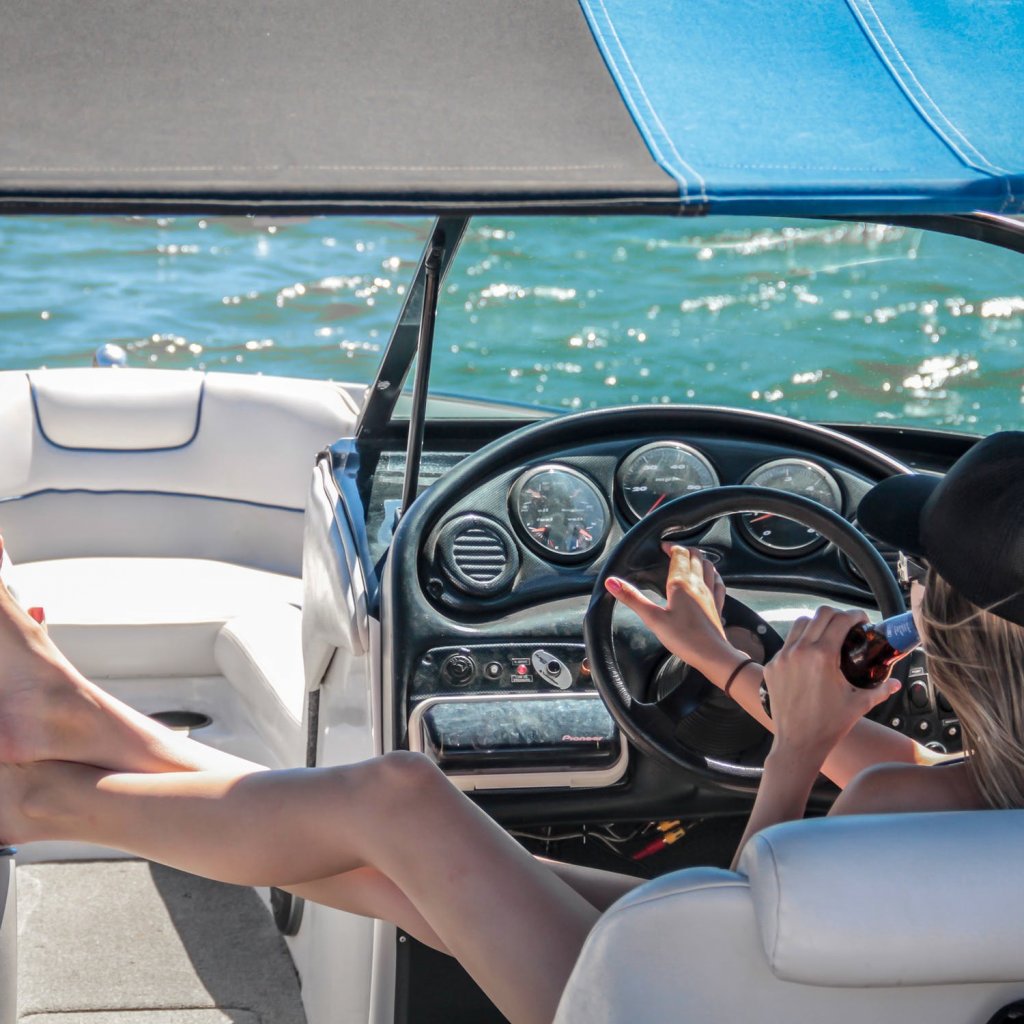 According to United States Coast Guard data, there were over 4,000 boating accidents in 2017, which includes 658 deaths. Of these accidents, over 400 were caused by flooding or capsizing, resulting in 76 lives lost. When a boat capsizes, your greatest dangers include:
According to United States Coast Guard data, there were over 4,000 boating accidents in 2017, which includes 658 deaths. Of these accidents, over 400 were caused by flooding or capsizing, resulting in 76 lives lost. When a boat capsizes, your greatest dangers include:
Hypothermia occurs when your body temperature drops to dangerous levels. It’s often caused by prolonged exposure to cold temps, such as being in cold water after a boat capsizing. Hypothermia sets in after your body temperature drops to just 95 degrees, which may not seem serious, but can bring on symptoms like uncontrollable shivering, memory loss, loss of coordination, and unconsciousness. Obviously, losing consciousness in the water is very dangerous business.
Bodily trauma can range from minor bumps and bruises to significant injuries. If a wave flips your boat, your body may make contact with the vessel or flying cargo, which can result in broken bones or even loss of consciousness. If your body ends up near the propeller, significant blood loss may become a factor in regard to whether your accident is survivable.
Drowning occurs when you inhale water. If you become trapped under a capsized boat, you may not be able to escape; if you lose consciousness, you may slip under the water if you’re not wearing a life vest. In both cases, death is the outcome if immediate first aid is not provided.
As each of these situations can lead to death, it’s important that you practice good boating techniques, including capsizing prevention.
How to Prevent Capsizing
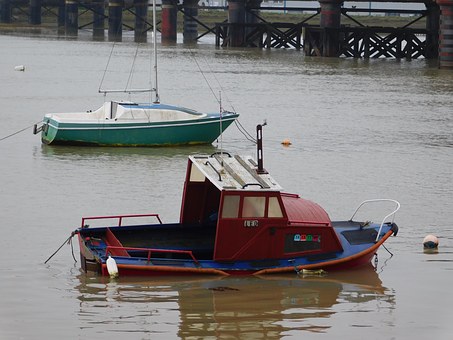 While there may be situations where capsizing is unavoidable, there are many things you can do to reduce the risks of this situation happening to you.
While there may be situations where capsizing is unavoidable, there are many things you can do to reduce the risks of this situation happening to you.
Don’t Overload Your Boat
Boats float by displacing water. If a boat weighs more than the water is pushed aside, it will sink, which is why it’s very important that you carefully consider how much weight you take on board when boating. When determining this figure, don’t take into account just the people on board; also track cargo, including coolers, fishing equipment, and the weight of anything you might bring on board later, such as fish, food, or additional passengers.
Maintain Balance
Once you’ve determined the amount of weight your boat can safely carry, you must make sure that it’s evenly distributed once on board. Don’t push all the cargo to one spot, nor allow your passengers to sit too closely together, either on a single side of the boat or at the back.
Don’t Stand on a Moving Boat
When the boat is moving, avoid standing up or moving around. You should also avoid sitting on any raised, pedestal-style seats as sudden movement on your part can cause the boat to jerk or tilt, increasing the chances of water coming on board. Obviously, standing on a moving boat also increases your chances of falling over, which can also be quite dangerous.
Always Maintain Three Points of Contact
Once the boat has slowed or stopped, you can move around, but try to keep your center of balance low and always make sure that you’re maintaining three points of contact with the vessel. This means that you should keep both feet and one hand or one foot and two hands on the boat at all times. This will keep you steady, preventing falls that could lead to injury or rapid shifts that could result in capsizing.
Anchor from the Bow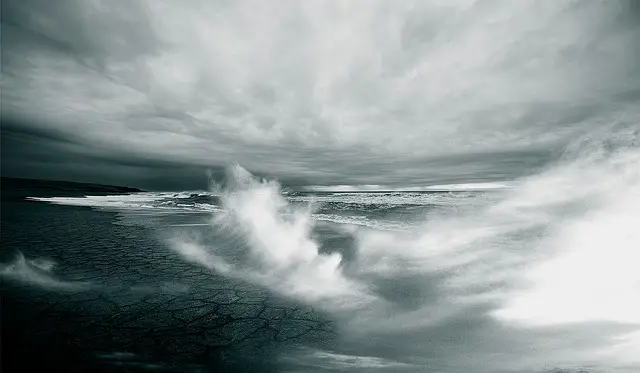
If you have to anchor your vessel, make sure you do so from the front, or bow, of the boat. Never anchor from the rear as this could drag the vessel downward, causing the boat to swamp, or fill with water.
Slow Down When Turning
It can be exciting to get behind the wheel of a boat. Even when you’re not traveling as fast as you would on land, it can feel like you’re flying over the water. But, the same way you can cause a rollover in a car should you take a corner too sharply, you can cause a boat to flip or capsize if you don’t slow down when making turns. The smaller your vessel, the slower you should take turns.
Don’t Boat in Bad Weather
Boating in bad weather is generally a bad idea, no matter the size of your vessel. However, the smaller your boat, the more drastic the effects of bad weather can be. Large waves or strong wind can easily overtake your boat, either causing it to quickly fill with water as the waves crash against it or potentially flipping it outright. If you find yourself in bad weather, try to get to shore as quickly as possible.
Don’t Boat While Intoxicated or Impaired
While it can be tempting to have a few beers while you’re relaxing out on a boat, it would be in your best interest to forgo the drinks. As with drinking and driving, your senses dull when intoxicated and your reaction time slows. Depending on how inebriated you are, you may not be able to recognize signs of trouble or help yourself should your vessel take on water or capsize. If you’re heavily intoxicated, you may make bad decisions, such as getting rowdy while the boat is moving or stumbling when it’s stopped, potentially causing the boat to tip. Drinking while alone is especially dangerous as you won’t have anyone else to rely on for help should things take a turn for the worse.
What to Do If the Boat Starts Taking on Water
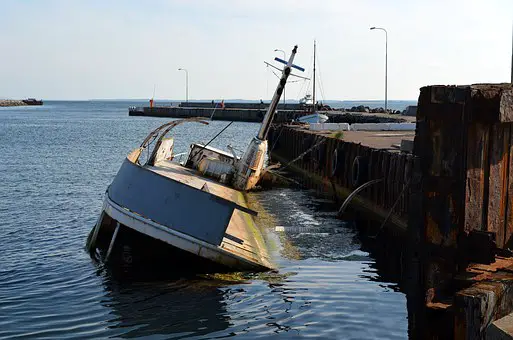 Even if you do everything right, you may find yourself in a spot where your boat is taking on water. This can be a very scary situation, even for experienced boaters. But if you keep your head about you, it’s possible to prevent capsizing or at least know what to do should the boat ultimately flip or start to sink.
Even if you do everything right, you may find yourself in a spot where your boat is taking on water. This can be a very scary situation, even for experienced boaters. But if you keep your head about you, it’s possible to prevent capsizing or at least know what to do should the boat ultimately flip or start to sink.
Don’t Panic
Panic is a natural reaction to a dangerous situation. As concerning as water filling your boat is, you must resist giving into the urge to panic. Even if your heart is racing, take a deep breath and spring into action. Depending on what kind of situation you find yourself in, you may only have minutes to save your boat or yourself.
Make Sure Your Life Jacket is Secure
According to the US Coast Guard, 85% of people who find themselves in the water without a life jacket after an accident ultimately drown. This is a frighteningly high figure, and it only reinforces how important a life jacket is. Even if you’re an excellent swimmer, think you’re in shallow enough water, or feel like you’re close to shore, always wear a life jacket when you’re on board a boat — and insist that anyone with you do the same. Make sure your life jacket is properly attached, with all straps clipped and pulled snug. Don’t remove your life jacket for any reason, as it can take only seconds to go from being safe in the boat to treading water off of it.
Try to Remove Water
If your boat is taking on water, you need to try to remove it to prevent capsizing. Bringing along buckets and manual bilge pumps will help you should you encounter this issue. If you’re boating with others, assign them to the task of removing water while you determine the cause of the flooding. If it’s happening due to waves, you’re boating in bad weather and should make your way back to shore. If the water is coming on due to a leak or damage, you may be able to make repairs. In the event you can’t, your passengers should continue dumping water while you navigate to land.
Dealing with Capsizing
 If you’re unable to remove water from the boat, you may capsize. When this happens, your boat will either flip or sink, which means you’re going to end up in the water. What you do next could be the difference between life and death.
If you’re unable to remove water from the boat, you may capsize. When this happens, your boat will either flip or sink, which means you’re going to end up in the water. What you do next could be the difference between life and death.
Check on Your Companions: If you’re traveling with others, conduct a headcount to make sure that everyone is safe. Remind the boaters to remain calm and make sure that their life vests are secure. If you or anyone else is not wearing a life vest, try to find one floating nearby. If there are no vests, look for something buoyant, such as a cooler or part of the boat, to help you stay afloat.
Try to Reboard: If your boat has flipped, try to right it. The chances of success here depend on your strength and the size of your boat. If there are others in the water with you, they can help; decide how you’re going to try and instruct those not helping to move away from the vessel to prevent injury.
Stay Close to the Boat: In the event that you’re unable to right your boat, you’ll want to stay close to it to assist with rescue operations. A boat is much easier to see from a helicopter than a person bobbing in the water. Resist the notion that you can swim to shore. Unless you’re very close, you’re more likely to tire long before you get there and bobbing alone in the water will make you more difficult to spot.
Conserve Energy: Being in the water after capsizing is sure to be very scary. However, as before, you must resist the urge to panic. You must also try to conserve your energy to allow rescuers more time to reach you. If possible, climb on top of your overturned boat. If you can’t, cling to it so that you won’t have to tread water as much. If your boat is too far away or has sunk, float on your back so you don’t have to expend as much energy.
Capsizing is a frightening event that can lead to your death if you’re not prepared. While there are thousands of boating accidents per year, including hundreds of instances of loss of life, you don’t have to become a negative statistic. Data shows that if you prepare for an emergency like a boat capsizing — by doing things like knowing how to recognize danger signs, always wearing a life vest, and working to get yourself safe when a boat swamps or sinks — your chances of surviving significantly increase. The next time you decide to go out on the water, make sure you’re ready for whatever the waters throw at you, and you’re sure to have a safer, more enjoyable trip.
Sources
- Boater Exam, Preventing and Surviving Boats Capsizing and Falls Overboard
- Boat Washington, Preventing Capsizing, Swamping, or Falling Overboard
- Boat Test, How to Avoid Capsizing
- USCG Boating, 2017 Recreational Boating Statistics















